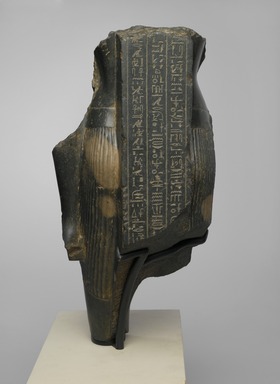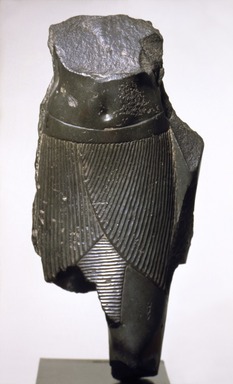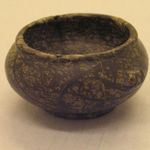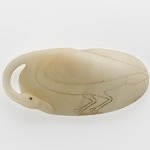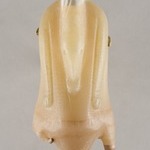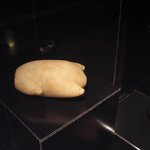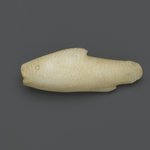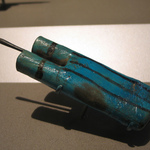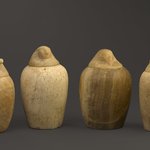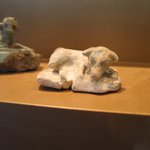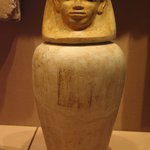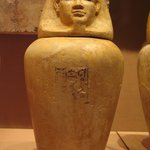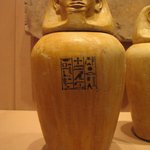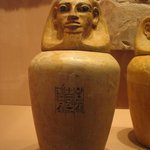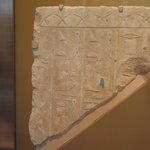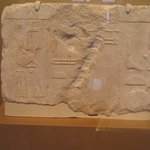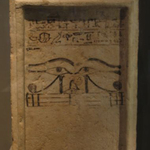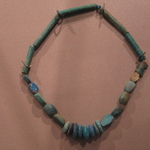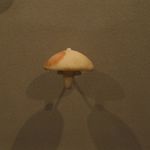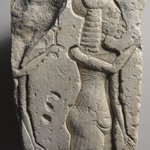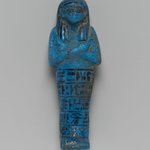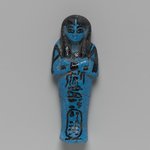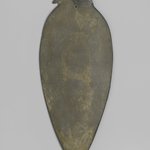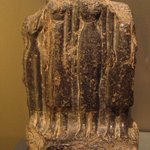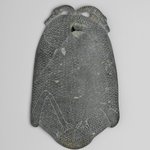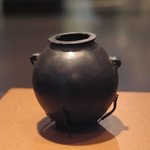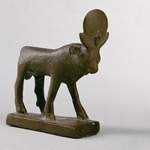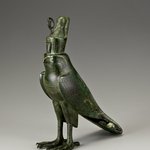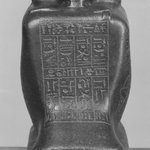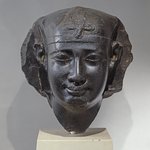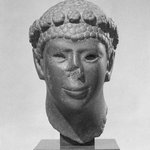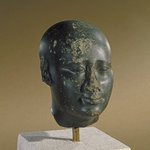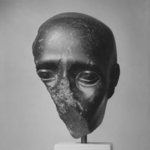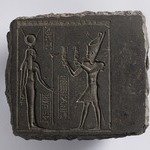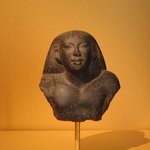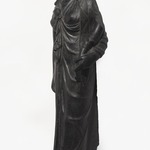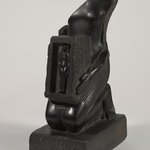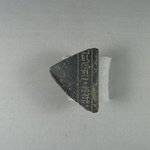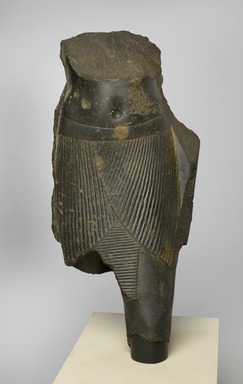

Torso of Ziharpto, 380–342 B.C.E. Basalt, 20 x 10 x 8 in. (50.8 x 25.4 x 20.3 cm). Brooklyn Museum, Gift of the Ernest Erickson Foundation, Inc., 86.226.24. Creative Commons-BY (Photo: Brooklyn Museum, 86.226.24_front_PS2.jpg)

Torso of Ziharpto, 380–342 B.C.E. Basalt, 20 x 10 x 8 in. (50.8 x 25.4 x 20.3 cm). Brooklyn Museum, Gift of the Ernest Erickson Foundation, Inc., 86.226.24. Creative Commons-BY (Photo: Brooklyn Museum, 86.226.24_right_PS2.jpg)
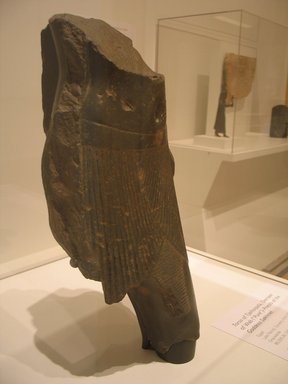
Torso of Ziharpto, 380–342 B.C.E. Basalt, 20 x 10 x 8 in. (50.8 x 25.4 x 20.3 cm). Brooklyn Museum, Gift of the Ernest Erickson Foundation, Inc., 86.226.24. Creative Commons-BY (Photo: Brooklyn Museum, CUR.86.226.24_emagic_phase1.jpg)
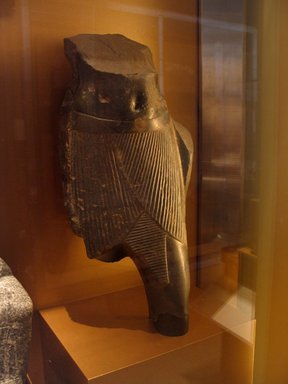
Torso of Ziharpto, 380–342 B.C.E. Basalt, 20 x 10 x 8 in. (50.8 x 25.4 x 20.3 cm). Brooklyn Museum, Gift of the Ernest Erickson Foundation, Inc., 86.226.24. Creative Commons-BY (Photo: Brooklyn Museum, CUR.86.226.24_temples.jpg)
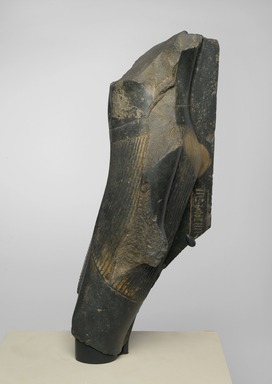
Torso of Ziharpto, 380–342 B.C.E. Basalt, 20 x 10 x 8 in. (50.8 x 25.4 x 20.3 cm). Brooklyn Museum, Gift of the Ernest Erickson Foundation, Inc., 86.226.24. Creative Commons-BY (Photo: Brooklyn Museum, 86.226.24_left_PS2.jpg)
Torso of Ziharpto
Egyptian, Classical, Ancient Near Eastern Art
Wab-priests of Sakhmet were one of several types of priest-physicians and veterinarians whose treatments were partly magical in nature. The treatment for snakebite, for example, could include incisions, emetics, topical applications, and the recitation of spells. Like regular physicians (swnw), wab-priests of Sakhmet were trained in temple scriptoria (places where texts were composed) called Houses of Life. As priests, they were part of the very small percentage of the population that was literate, and much Egyptian magic was a matter of written and spoken spells. All but the highest Egyptian priests worked only part of the year as priests and so had time to practice privately as magicians.

